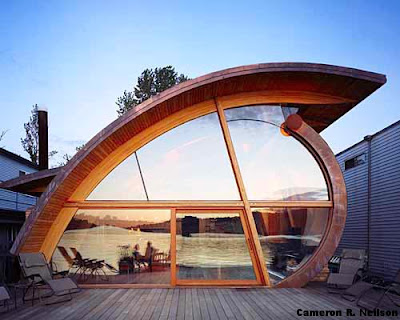Exploring Vitruvius' Influence on Architectural Styles, Orders, Proportion, and Geometry
In the world of architecture, the works of Vitruvius stand as timeless pillars of knowledge. Marcus Vitruvius Pollio, a Roman architect and engineer during the 1st century BC, penned down his thoughts on architecture in his monumental work, "De Architectura" (Ten Books on Architecture). This ancient treatise remains a cornerstone for understanding architectural principles, encompassing topics such as architectural styles, orders, proportion, and geometry.
Vitruvius believed that architecture should encompass three essential qualities: firmness, commodity, and delight. This triad forms the basis for his exploration of architectural styles and orders. He classified buildings into three styles: Doric, Ionic, and Corinthian. Each style had its own distinct characteristics, reflecting the cultural values and aesthetics of the time. Vitruvius also introduced the concept of architectural orders - systems of columns and entablatures that served as the building blocks of classical architecture. The Doric, Ionic, and Corinthian orders were aligned with the three styles, each carrying its own unique symbolism and appeal.
Proportion was another key aspect emphasized by Vitruvius. He believed that harmony in architecture could be achieved through proportionate relationships, which he often related to musical ratios. His writings highlighted the importance of balancing dimensions, ensuring that various parts of a building were in harmonious relation to one another. Vitruvius' insights into proportion guided architects in creating visually appealing and structurally sound designs.
Geometry played a pivotal role in Vitruvius' architectural philosophy. He understood geometry as the foundation of architectural planning and construction. His writings revealed an understanding of geometry's role in aligning structures with the principles of symmetry and balance. This not only enhanced the aesthetic appeal of buildings but also contributed to their stability and functionality.
Despite being written over two thousand years ago, Vitruvius' teachings continue to resonate with architects and designers today. His emphasis on harmony, proportion, and geometry serves as a timeless guide in achieving architectural excellence. Modern architects draw inspiration from his writings to create structures that seamlessly blend form and function, all while paying homage to the historical legacy of classical architecture.
In conclusion, Vitruvius' writings on architectural styles, orders, proportion, and geometry have left an indelible mark on the world of architecture. His treatise "De Architectura" remains a revered source of wisdom for architects, reminding them that the principles of harmony and balance transcend time, shaping the way we perceive and construct the built environment.
Vitruvius believed that architecture should encompass three essential qualities: firmness, commodity, and delight. This triad forms the basis for his exploration of architectural styles and orders. He classified buildings into three styles: Doric, Ionic, and Corinthian. Each style had its own distinct characteristics, reflecting the cultural values and aesthetics of the time. Vitruvius also introduced the concept of architectural orders - systems of columns and entablatures that served as the building blocks of classical architecture. The Doric, Ionic, and Corinthian orders were aligned with the three styles, each carrying its own unique symbolism and appeal.
Proportion was another key aspect emphasized by Vitruvius. He believed that harmony in architecture could be achieved through proportionate relationships, which he often related to musical ratios. His writings highlighted the importance of balancing dimensions, ensuring that various parts of a building were in harmonious relation to one another. Vitruvius' insights into proportion guided architects in creating visually appealing and structurally sound designs.

Geometry played a pivotal role in Vitruvius' architectural philosophy. He understood geometry as the foundation of architectural planning and construction. His writings revealed an understanding of geometry's role in aligning structures with the principles of symmetry and balance. This not only enhanced the aesthetic appeal of buildings but also contributed to their stability and functionality.
Despite being written over two thousand years ago, Vitruvius' teachings continue to resonate with architects and designers today. His emphasis on harmony, proportion, and geometry serves as a timeless guide in achieving architectural excellence. Modern architects draw inspiration from his writings to create structures that seamlessly blend form and function, all while paying homage to the historical legacy of classical architecture.
In conclusion, Vitruvius' writings on architectural styles, orders, proportion, and geometry have left an indelible mark on the world of architecture. His treatise "De Architectura" remains a revered source of wisdom for architects, reminding them that the principles of harmony and balance transcend time, shaping the way we perceive and construct the built environment.


Comments